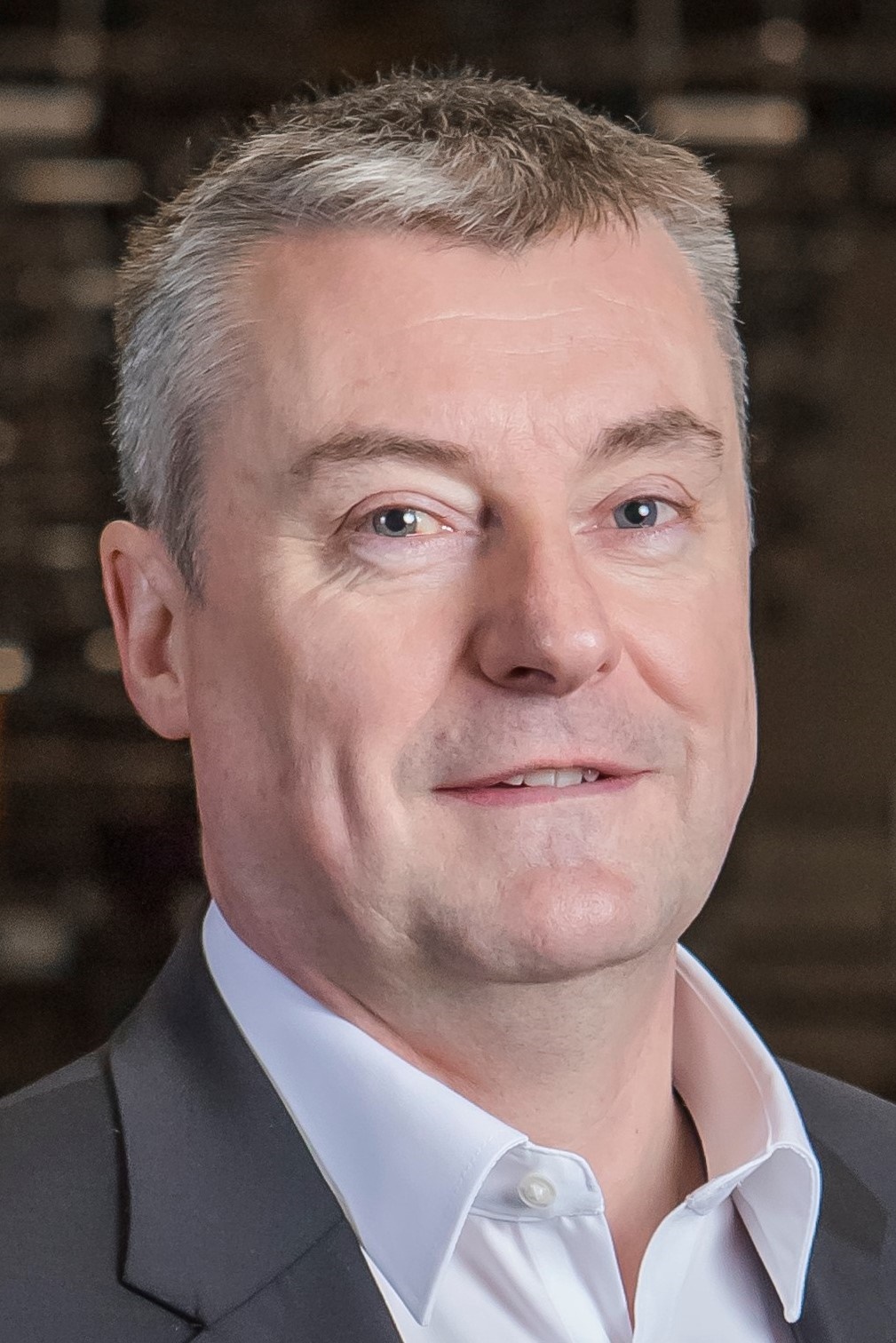Technology experts are increasingly working together to solve customer problems, Here Rob Lamb, client principal and CTO Officer at Dell Technologies, explores the benefits of breaking down siloes – and moving away from traditional practices – by delving in to the telco and manufacturing industries.
The digital revolution has blown traditional business mindsets out of the water – the rules of the game are adapted for optimal success as the goal posts shift. In many industries, but particularly across Original Equipment Manufacturers (OEMs), it has become clear that this road to success is not a single lane. Collaboration is key and that means breaking down siloes and working with competitors.
In the not too distant past, the IT industry shrouded its innovative technologies in secret – afraid that competitors would create copy-cat solutions. As IT businesses worked in silos, vendors focused on the importance of innovating individually to protect the integrity of their technologies and intellectual property (IP).
Looking back, that seems like a counter-productive approach. But hindsight is a wonderful thing and today the pace of possibilities unleashed by the digital transformation of industries means collaboration with organisations with similar customer-centric business models, and in some cases competitors, is both essential and mutually beneficial.
We have come a long way in a short space of time, the IT industry has matured. Businesses that were previously competitors now combine efforts to solve the same issues for customers – elevating the customer and shared goals – across industries like telecoms and manufacturing. Bringing products to market efficiently for instance, is an age-old problem and there’s no easy resolution. But one thing is for sure, by collaborating with other businesses and bringing the customer into the equation early on, more meaningful, bespoke solutions can be developed and implemented.
Ultimately, digital technologies enable businesses to be more customer-centric than ever before and with a strong partner approach – reinforced with a robust partner program – those go-to-market requirements are more easily satisfied. Customer efficiency is always the end goal and we can achieve that by creatively forming ideas and solutions hand in hand with customers, delivering very specific solutions for individual needs.
Capitalising on industrial automation: The sky is the limit from the factory floor

Rob Lamb
There is a whole host of stand-out examples that could be used to demonstrate the fruits of increased collaboration and partnership in creating customer-centric solutions. Manufacturing is a prime industry example. The industrial automation market leads the way in the adoption of new technologies that include augmented reality (AR), 3D printing, robotics and artificial intelligence (AI).
With the advent of next generation technologies, the importance of best-in-class technology combined with the people that power it all has never been greater. To increase productivity, manufacturers need to capitalise on big data, analytics and emerging technologies – and this requires strong partnerships.
Comau, an Italian industrial automation company specialising in automated systems that improve corporate manufacturing production worked with the OEM Embedded and Edge Solutions team from Dell Technologies to create a Digital Twin of the production environment (both machines and humans).
This means manufacturing customers can use Comau’s virtual solution to ergonomically improve operations, spot behavioural trends, identify early warning signs, conduct predictive and preventive maintenance, and make projections based on the digitised performance data. In addition, the virtual environment can be used to simulate line modifications, including the introduction of new products.
Specifically, Comau has digitised the door assembly line of the Maserati Levante. A digital dashboard identifies potential bottlenecks or breakdowns. If issues arise, the customer can print the necessary spare part – directly onsite – using a 3D printer mounted on a Comau robot NJ 60 based on generative design. The application, developed in partnership with Autodesk and Continuous Composites, shows how companies can produce strong, lightweight factory-ready parts on demand. For Maserati, this level of predictive intelligence translates to higher productivity and lower costs.
Smart networking: Two heads are better than one
Another industry benefiting from increased collaboration is Telecoms. An arena in which you have to ask: Who wouldn’t want a world where we are able to bring big ideas to the world faster, create better customer experiences and reduce costs and complexity? Building next generation telecoms platforms, with the best technology and talent is imperative in order to capitalise on new digital service opportunities.
Dell Technologies’ customer, VIAVI Solutions provides a great example of how strong partnerships are driving future innovations in Telecoms. The company is engaged in the complete 5G lifecycle, from technology validation in the lab to testing and assurance of production networks in the field. A tight engineering relationship, coupled with product consistency, longevity and stability is paramount for VIAVI Solutions, as the cost to retest and certify any component change is prohibitively expensive.
![]()
Another example is Verizon. The OEM Embedded and Edge Solutions team from Dell Technologies provides IoT, compute and consulting services for big data and IOT projects as well as analytics and platforms.
The servers provided power Verizon’s Universal Customer Premise Equipment (uCPE) eliminating the need for enterprises to invest in separate hardware appliances for critical Virtual Network Functions (VNF). The partnership results in lean, easy, and rapid deployment of common network functions to customer edge locations. On top of this, a streamlined fulfilment and logistics process means that it takes just three days from order to delivery at Verizon’s customer’s front door.
When it comes to the telecoms industry, the old adage still stands: two heads are better than one. In the age of digital transformation, where growth mindsets are essential, and the pace of change requires collective thinking there’s little room for siloed workflows. When agility and scalability are key, traditional modes of business threaten to slow innovators down. It’s best to remember whether you’re the vendor, partner or customer: we’re better together.
The author is Rob Lamb, client principal and chief technology officer at Dell Technologies.
Comment on this article below or via Twitter: @IoTNow_OR @jcIoTnow
Leave a Reply